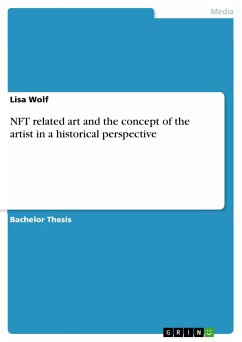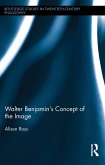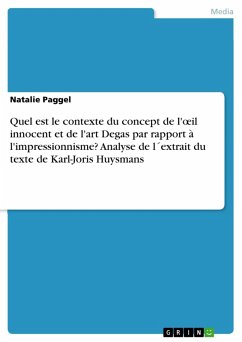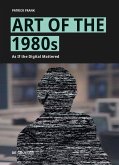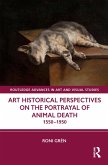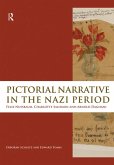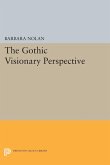Bachelor Thesis from the year 2023 in the subject Art - History of Art, grade: 1,7, LMU Munich (Kunstgeschichte), language: English, abstract: Since 2021, NFTs (non-fungible token) have conquered the public and the (art)world with headlines found its way into international headlines. The sale of Everydays: The First 5000 Days has made Beeple the third most valuable living artist, behind Jeff Koons and David Hockney, displacing Gerhard Richter from the Top 3. Kolja Reichert, art critic and curator, critically questions in one of his articles the most expensive illustrator and thereby points to a significant problem. The crypto market, originally part of online trading, had until then mainly dealt with sports trading cards, fan merchandise and products from the gaming industry. With the entry of NFTs into the traditional auction system, the collective name "NFT art" has formed, without quality standards, entry barriers, or criticism. Based on this problem, this Bachelor thesis deals with the overarching question of what makes an NFT creator an artist and how does this concept of an artist relate to historical concepts of artists. To answer these questions, case studies of two NFTs will be conducted. While their producers have very different artistic backgrounds, both NFTs were auctioned at renowned auction houses in 2021. Starting from the overarching question, these two examples will be used to examine whether the work can be related to historical concepts of artists, to what extent NFT technology has created a new concept of the artist, and if there are features outside of NFT technology that connect these two artworks.
Dieser Download kann aus rechtlichen Gründen nur mit Rechnungsadresse in A, B, BG, CY, CZ, D, DK, EW, E, FIN, F, GR, HR, H, IRL, I, LT, L, LR, M, NL, PL, P, R, S, SLO, SK ausgeliefert werden.

